Locked Stifle Joints in Horses
Updated on 05/26/24
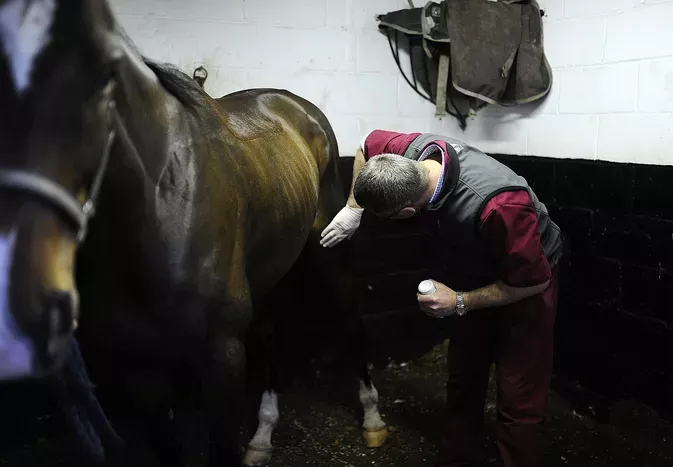
Locked Stifle Joints in Horses: A Comprehensive Guide
Locked stifle joints, also known as "stifle lock," is a debilitating condition that can affect horses of all ages and breeds. It occurs when the stifle joint, located at the rear of the leg, becomes fixed in a flexed position, preventing the horse from extending its leg fully. This condition can cause significant pain, lameness, and impaired mobility.
Causes of Locked Stifle Joints
The most common cause of locked stifle joints is a traumatic injury, such as a fall or a collision with another horse. Injuries to the stifle joint can cause damage to the joint capsule, ligaments, or tendons, leading to instability and stiffness.
Other causes of locked stifle joints include:
* Developmental abnormalities: Some horses are born with conformational abnormalities that predispose them to stifle lock, such as a shallow stifle joint or a weak patellar ligament.
* Infectious diseases: Bacterial or viral infections can cause inflammation and swelling in the stifle joint, leading to stiffness and lock.
* Chronic conditions: Degenerative joint disease, osteoarthritis, and other chronic conditions can gradually weaken the stifle joint and increase the risk of lock.
Symptoms of Locked Stifle Joints
The most obvious symptom of a locked stifle joint is an inability to fully extend the leg. This can cause the horse to stand with its hind leg flexed at the stifle, or to walk with a stilted, hopping gait.
Other symptoms of locked stifle joints include:
* Pain and sensitivity to palpation around the stifle joint
* Lameness and reluctance to bear weight on the affected leg
* Swelling and heat in the stifle area
* Difficulty lying down and rising
Diagnosis of Locked Stifle Joints
Diagnosing locked stifle joints involves a thorough physical examination by a veterinarian. The veterinarian will assess the horse's gait, range of motion, and response to palpation. Radiographs (X-rays) may be necessary to confirm the diagnosis and rule out other conditions.
Treatment of Locked Stifle Joints
The treatment for locked stifle joints depends on the severity of the condition and the underlying cause. In many cases, conservative treatment is effective, including:
* Rest and stall confinement
* Cold therapy to reduce inflammation
* Anti-inflammatory medications
* Joint supplements
* Physical therapy and massage
In severe cases, surgical intervention may be necessary to repair damaged tissues or remove scar tissue that is causing the joint to lock.
Prevention of Locked Stifle Joints
Preventing locked stifle joints is not always possible, but there are steps you can take to reduce the risk:
* Avoid overexertion and excessive jumping
* Ensure proper nutrition and hoof care to maintain a healthy weight and good conformation
* Warm up and cool down horses before and after strenuous exercise
* Provide a safe environment with non-slip surfaces and adequate footing
* Have your horse examined regularly by a veterinarian for early detection and treatment of any joint problems
Locked Stifle Joints in Horses: A Case Study
A 10-year-old Quarter Horse mare presented with a sudden onset of lameness in her left hind leg. Physical examination revealed a flexed stifle joint that could not be fully extended. Radiographs showed damage to the joint capsule and patellar ligament. The mare was treated with rest, cold therapy, anti-inflammatory medications, and joint supplements. After several weeks of treatment, the mare's lameness gradually improved, and she was able to regain full range of motion in her stifle joint.
Conclusion
Locked stifle joints in horses is a serious condition that can significantly impact their health and mobility. While treatment options are available, it is important to seek veterinary attention as soon as possible to prevent further damage and ensure the best possible outcome for your horse. By understanding the causes, symptoms, and treatment options for locked stifle joints, you can help your horse recover and return to a healthy, active life.
Explore More Pets

Pony Breeds
The Difference Between Horses and Ponies

Horse Diseases & Conditions
What Do I Do If My Horse Colics?
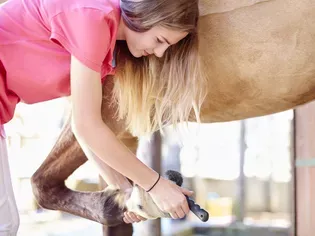
Pony Breeds
Horse and Pony Care by the Day, Week, Month and Year
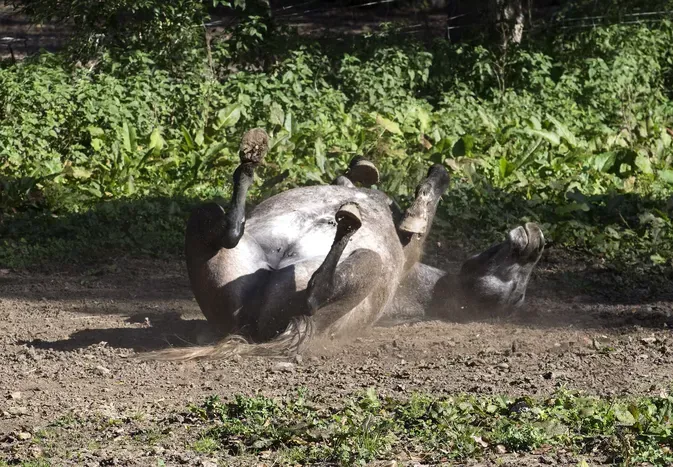
Horse Grooming
Mange in Horses
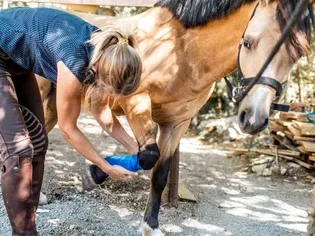
Horse Diseases & Conditions
Grease Heel in Horses

Light Horse Breeds
Gypsy Vanner Horse Breed Profile
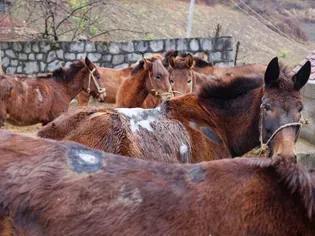
Horse Diseases & Conditions
Girth Galls and Saddle Sores

Pony Breeds
Shetland Pony Breed Profile
